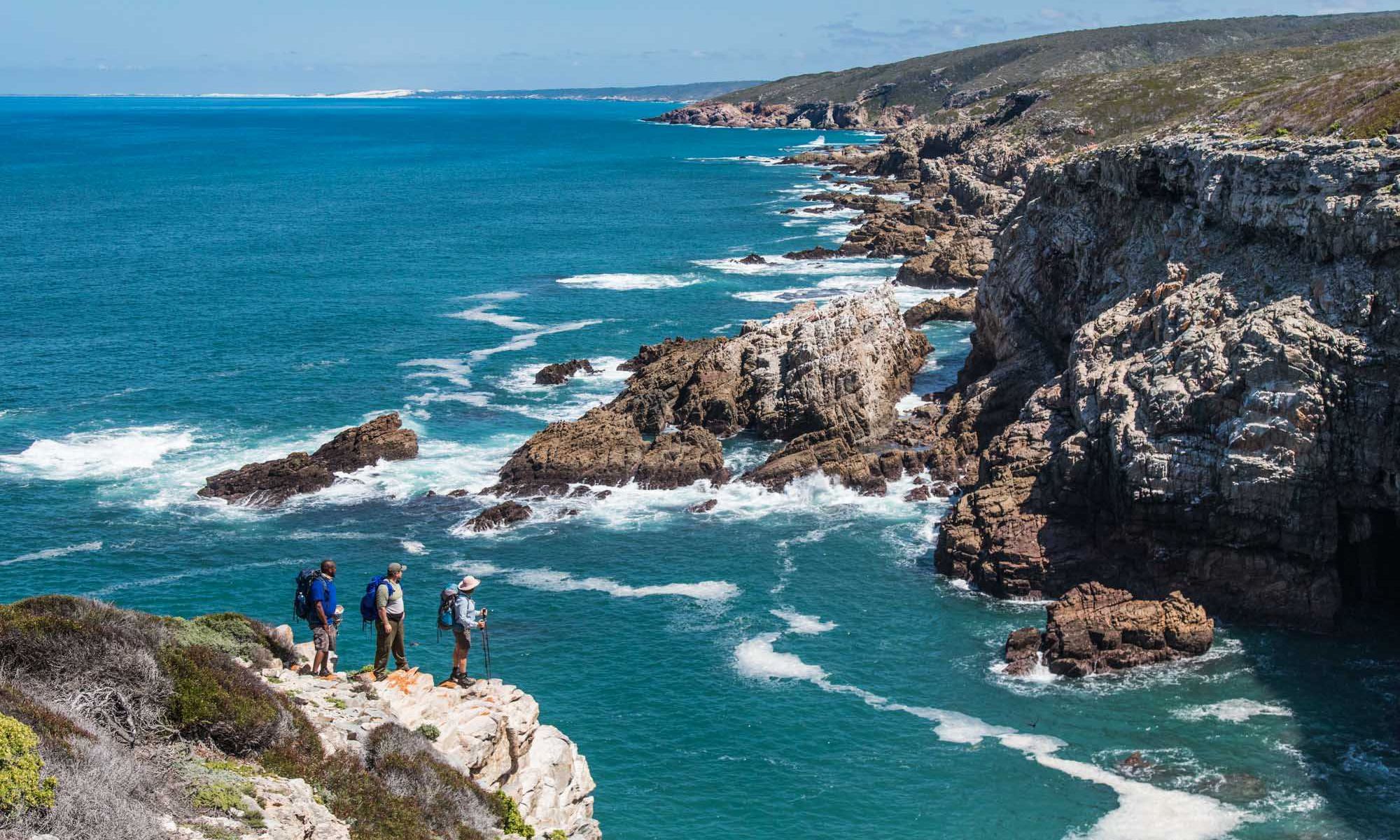
Movember Animal Inspiration (part 2)
By Nicole Horn, Biodiversity Capabilities
In the month of November, we traditionally raise awareness of men’s health issues as part of the Movember campaign and in part 1 of this blog, we looked at a few marine species with ‘moustaches’ for inspiration. In part 2 of the blog, we look at some more animal species beyond our shores with rather interesting facial hair.
White Sea catfish (Galeichthys feliceps)
Named for its pale white belly, the white sea catfish or wit seebaber is scaleless and slimy because of a protective layer of mucus around its body. A common misconception is that the whiskers of catfish are dangerous, but it is the spine on their dorsal fin that is venomous which is what makes them dangerous to humans. This species is a mouth brooder which means the female lays up to 50 eggs and the male carries them in its mouth for up to 4 months. Since he cannot eat during this time, he will lose up to a quarter of his body weight. They have long thin sensory organs called barbels that look like whiskers or a thin moustache which serve as a mechanism to ‘taste’ the chemicals in their surroundings. The white sea catfish relies heavily on these barbels since they live in dark environments. The white sea catfish is considered a pest by fisherman and are unfortunately often killed when caught.
Tasseled wobbegong shark (Eucrossorhinus dasypogon)

The messier looking moustache is also an option for those weekend days you just couldn’t be bothered to neaten up your facial hair. The tasseled wobbegong shark, also referred to as the carpet shark, is a benthic shark species and has multiple branched lobes around its mouth. It is an ambush predator and these lobes help to attract prey. With the help of these, and its camouflage, it will wait for its prey to get too close and attack with a very strong bite. Once in its grip, it’s not easy to get out and the prey is eventually swallowed whole. They’re like the ‘Anacondas’ of the ocean and have been spotted eating other sharks close to their size. Their nasal barbels resemble a pointy thick but slightly messy moustache due to the lobes on their mouths. These nasal barbels act as taste buds that assist them in murky waters.
Inca tern (Larosterna inca)
The Inca Tern got its name from where it lives as it is in the same part of South America that was once ruled by the Incas. In order to feed, these birds will dive below the surface of the ocean and prey on small fish, like anchovies. Both parents incubate the eggs and will often be found returning to the same nest sites every year. They have a unique white moustache like that of Mushu’s moustache – the dragon from Mulan. The length of their ‘moustache’ is indicative of their body condition. Studies have shown that those with longer moustaches tend to mate with one another and their offspring usually have larger bodies and are generally healthier.
Blue Nile Patas monkey (Erythrocebus poliophaeus)

The Blue Nile Patas monkey has recently been confirmed as a distinct species from other patas monkeys. This is due to geographic separation and distinctive external appearance. Also referred to as Heuglin’s patas monkey, after the famous German explorer Heuglin who discovered it. These extremely fast monkeys are found in Ethiopia and Sudan along the Blue Nile, at the extreme northeastern portion of the range of its genus. The white handle-bar moustache combined with the dark face makes it stand out. This characteristic distinguishes them from other patas monkeys found in East Africa.
The Bearded Seal (Erignathus barbatus)

Bearded seals live in an icy habitat in the Arctic and shift as the ice changes and reforms. They are sensitive to environmental changes affecting the timing and extent of ice formation and break up throughout the year. They forage on the ocean floor and young seals can reach up to 450 m deep while looking for food.
During their mating rituals males sing out to attract females and deter other males. These songs can be heard up to 20 km away. Although they are not found in South Africa, the bearded seal is worth a mention as it has long white whiskers on its face that collectively look like a very impressive moustache. This is where it gets its name.
Emperor tamarin (Saguinus imperator)

The Emperor Tamarin monkey lives in southeastern Peru, northwestern Bolivia and northwestern Brazil. They are good climbers, will spend most of their time in the trees of the forest and rarely come down to the forest floor. They are active during the day and can be spotted gathering in groups for safety. Their prominent feature of an elongated moustache is like that of the late German emperor Wilhelm II, hence the name ‘Emperor’.
Although they don’t occur in South Africa we think they take the cake this Movember!
Related News
How can I assist you today?
How can I assist you today?



